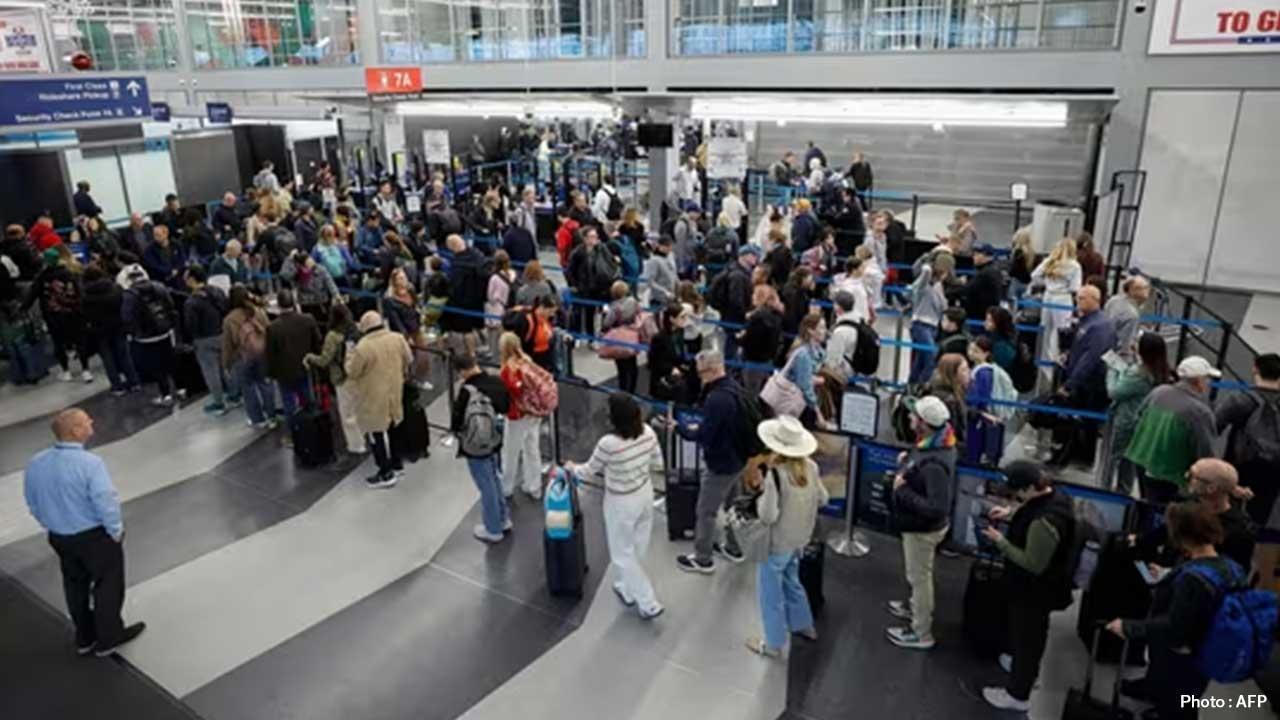
Join 10k+ people to get notified about new posts, news and tips.
Do not worry we don't spam!

Post by : Anis Farhan
Every time a driver or passenger steps into a car, safety remains a silent but constant concern. Among the various safety measures, airbags have earned a reputation as one of the most important innovations in automotive engineering. They are not visible during normal driving, but the moment an accident occurs, they deploy in fractions of a second to protect the occupants from serious harm. Airbags, in coordination with seatbelts, have revolutionized vehicle safety and continue to evolve with modern technology.
Airbags trace their roots back to the mid-20th century. The first patents for inflatable safety cushions were filed in the 1950s, but it wasn’t until the late 1970s and early 1980s that automakers began to experiment with installing airbags in cars. Initially, they were considered luxury features, found in high-end vehicles, but growing awareness of road safety gradually made them a standard requirement worldwide.
By the 1990s, governments across the United States, Europe, and parts of Asia began mandating airbags in passenger vehicles. This was a turning point in road safety, as data soon showed a significant reduction in traffic fatalities in cars equipped with airbags.
The principle behind airbags is relatively simple, but the execution is complex and highly precise. When a collision occurs, sensors placed throughout the car measure sudden deceleration or impact forces. Within milliseconds, the system triggers a chemical reaction inside the inflator, releasing gas that fills the nylon fabric bag.
The bag inflates almost instantly, cushioning the driver or passenger before they collide with the steering wheel, dashboard, or windows. Once the immediate force is absorbed, the gas slowly escapes through vents in the bag, ensuring that the occupant does not rebound dangerously.
What makes airbags remarkable is their speed — they deploy in about 30 to 50 milliseconds, faster than the blink of an eye. This rapid response can be the difference between life and death in high-impact accidents.
Research conducted by transportation safety boards across the world shows that airbags reduce fatalities by nearly 30 percent in severe crashes when used in conjunction with seatbelts. While seatbelts restrain the body, airbags cushion the head, chest, and torso, preventing critical injuries.
For example, in frontal crashes, airbags significantly reduce the risk of head trauma by preventing direct impact with hard surfaces. Side airbags, introduced later, protect passengers during T-bone collisions, where the sides of the vehicle offer less protection. Curtain airbags further extend safety by covering windows and shielding passengers from broken glass.
Airbag technology has advanced far beyond the traditional driver-side cushion. Today’s vehicles come equipped with multiple airbag systems designed for different scenarios:
Driver and Passenger Airbags: Standard airbags located in the steering wheel and dashboard.
Side Airbags: Protect the torso during side collisions.
Curtain Airbags: Deploy from the roof lining to shield heads from side impacts and glass shattering.
Knee Airbags: Located below the dashboard to prevent leg injuries.
Rear Seat Airbags: Protect passengers in the back seat during frontal crashes.
Center Airbags: A newer innovation that prevents passengers from colliding with each other in side-impact crashes.
These variations highlight how manufacturers are constantly improving safety by targeting specific vulnerabilities in the human body during crashes.
While airbags save lives, they are not without limitations. Improper use of seatbelts or incorrect seating positions can reduce their effectiveness. For example, children and smaller adults seated too close to the airbag module risk injury from the deployment force. This is why safety experts recommend children under 13 sit in the back seats.
Additionally, there have been cases of airbag malfunctions, most infamously during the Takata recall scandal, where defective inflators led to explosions and serious injuries. This highlighted the importance of rigorous safety checks and quality control in manufacturing airbags.
In many parts of the world, especially in developing nations, older cars or budget vehicles still lack airbags due to cost concerns. However, as road accidents rise in these regions, governments are increasingly making airbags mandatory. Countries like India have recently mandated dual front airbags in all passenger cars, a move expected to drastically improve survival rates in crashes.
Modern airbags are not just reactive; they are becoming smarter. Advances in artificial intelligence and sensor technology now allow airbags to adjust deployment based on the severity of the crash, the size and weight of the passenger, and even the position of the seat.
For example, if a car detects a smaller passenger or a child, the airbag may deploy with less force to prevent injury. Similarly, side curtain airbags can stay inflated longer in rollover accidents, providing extended protection. The integration of airbag systems with advanced driver assistance systems (ADAS) also ensures more accurate and effective deployment.
Looking ahead, the future of airbags seems promising. Some automakers are experimenting with external airbags, designed to deploy outside the vehicle to absorb impact before it reaches passengers. These innovations, combined with the development of autonomous vehicles, could redefine the role of airbags in accident prevention and passenger safety.
As cars become increasingly intelligent, airbags may integrate with predictive crash systems that deploy even before impact occurs, offering unparalleled protection.
According to the World Health Organization, road traffic accidents claim more than 1.3 million lives every year. Airbags, alongside seatbelts, remain one of the most effective safety measures to reduce this number.
Real-world cases also emphasize their importance. Numerous crash survivors attribute their survival to airbags, often describing how the cushions prevented fatal head or chest injuries. These stories not only validate scientific data but also highlight the human side of technological innovation.
Airbags represent more than just a piece of automotive equipment; they symbolize the progress of human ingenuity in saving lives. While no technology can completely eliminate road accidents, airbags significantly reduce the risks, ensuring that millions of drivers and passengers make it home safely each year.
As technology continues to evolve, airbags will likely become even more sophisticated, cementing their role as one of the greatest inventions in the history of road safety.
This article is intended for informational purposes only. Readers should always follow vehicle safety guidelines, wear seatbelts, and ensure that children are seated in appropriate child safety seats.










Suranika Roshan Celebrates Bakery Launch with Saba Azad's Support
Suranika Roshan opens her bakery, The Moon Beam Bakery, as Saba Azad shares an encouraging message o

Jets Make History with Unprecedented Special Teams Touchdowns
In a landmark game, the Jets scored two touchdowns on special teams, making franchise history with a

Chargers Secure 25-10 Win Over Steelers with Strong Defense and Herbert's Leadership
Los Angeles Chargers triumphed over the Pittsburgh Steelers 25-10, showcasing a formidable defense a

Rams Triumph Over 49ers; Adams Left with Minor Oblique Injury
The Rams secured a 42-26 win against the 49ers, but Davante Adams left the game in the fourth quarte

Jurel's Stellar Performance Raises Selection Dilemmas for India
Ahead of the South Africa Tests, Dhruv Jurel's impressive form complicates team selection as Rishabh

Ryan Williams Embraces Indian Identity, Joins Football Camp
Ryan Williams has transitioned from Australia to India, joining the national football camp in Bengal